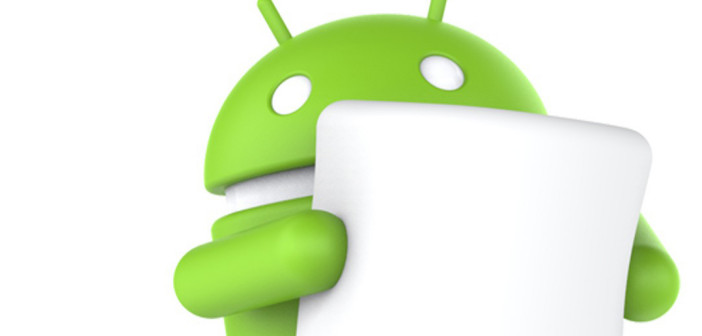By Simon Jones, head of programme management, Proxama
Google’s open beacon format Eddystone and the rise of ‘progressive’ web apps can help unlock the value of proximity marketing for brand developers. Beacon-based proximity marketing is beginning to gain mainstream traction as brands realise the value and necessity of adding contextual relevance in their overarching efforts to become more personalised and deliver an optimal customer experience. Consumers, too, have become more aware of location-based content and the benefits they can take from engaging with it.
Trumping QR codes and NFC
Beacons have largely trumped QR codes and near field communication (NFC) tags – other major technologies for proximity marketing – for utility and consumer engagement by reducing friction in the customer experience. With beacons there is much less friction than with other options, with consumers receiving notifications and relevant content automatically to a brand, retailer, or venue-specific native app for their mobile device.
Eddystone, Google’s open beacon format for its vision of the ‘Physical Web’, or Internet of Things (IoT), aims to provide brands with an alternative means of beacon-driven engagement to complement native apps.
iBeacon, Apple’s beacon marketing standard, requires a native app to receive content, whereas with Eddystone the consumer can receive contextually relevant information from their web browser (such as Google Chrome,) via Bluetooth and content can be viewed through a web app.
While expanding beacon formats beyond native apps to include browser-based interaction will enable brands’ proximity marketing efforts to reach an even wider audience (including consumers who have not downloaded the relevant app), it also removes the implicit consumer opt-in of downloading a brand’s app and consenting to receive information from the brand through the app.
Experience unlocks engagement
But how can brands and retailers ensure they are striking the right balance and providing the optimal experience for consumers? Of course, they will need to process consumer insights into what the right level of contact is, and to be transparent about how – and how often – they should contact consumers.
But fundamentally success will rely on realising that proximity marketing is at heart a ‘pull’ technology; whether using native apps or web apps, brands need to convince consumers that they want to participate in the first place.
Achieving this consumer buy-in requires brands to focus on delivering the best possible user experience throughout the process. This is where complementing native apps with web apps plays into the hands of brands and developers.
Rise of progressive web apps
Native apps have so far been the default option for brands looking to exploit the potential of proximity marketing. They proved more intuitive and immersive than using the web via QR codes and NFC, with consumers more likely to actively seek out and download apps by their favoured brands, and delivered a superior experience to date compared with web apps in terms of speed and user interface.
But advances in mobile web technology mean that web apps can now compete with native apps in those areas, while retaining their longstanding flexibility and ubiquity advantages, and are now a more than capable complement to native apps.
These progressive web apps will ensure consumers don’t miss out on opportunities to benefit from contextually relevant information, provided by beacon technology, when they don’t have a particular native app downloaded. They will also benefit brands, as the immediacy of browser-based notifications makes it easier to re-engage lapsed or infrequent customers.
The emergence of progressive apps is a valuable and timely addition for brand developers under pressure to bridge online and offline marketing programmes, and to harness the potential of the Physical Web. Regardless of the ambition, by harnessing beacon proximity marketing and the capabilities of both native and web apps, and paying close attention to privacy pitfalls, developers will have all the tools required to help their brand drive contextual, personal, and real time conversations with consumers.
Proxama is an international mobile commerce company operating across two divisions specialising in proximity marketing via mobile and providing end to end solutions for card issuers to migrate customers from magnetic stripe credit and debit cards to contactless mobile payments.





